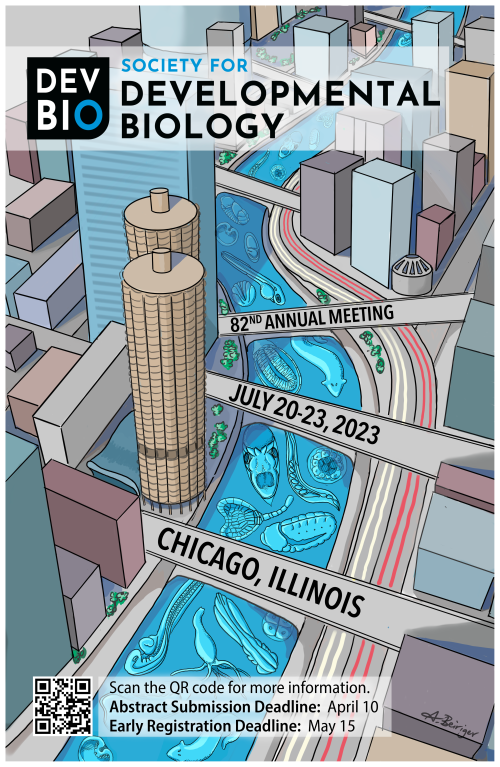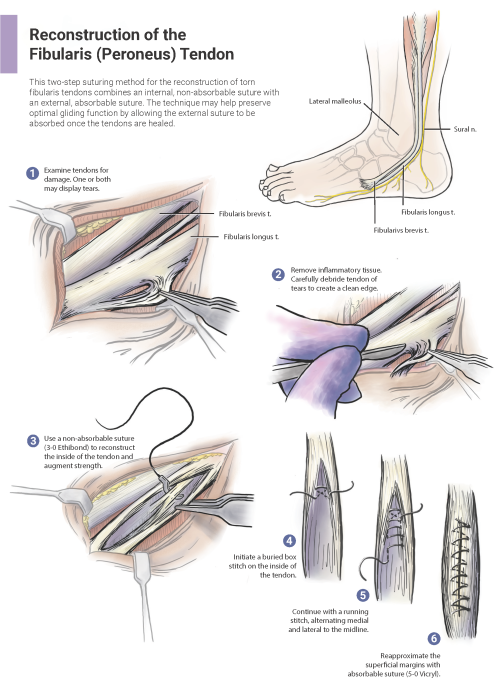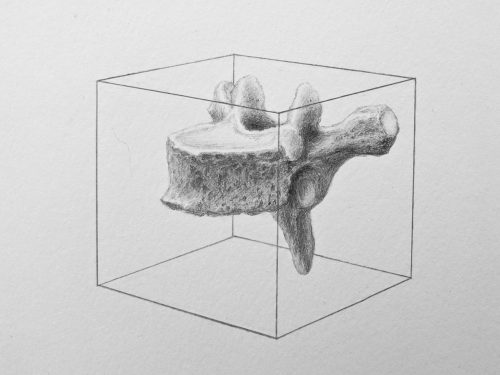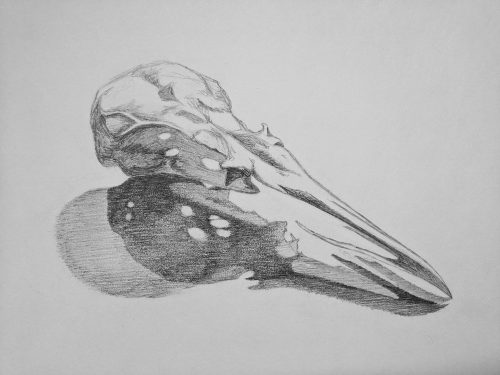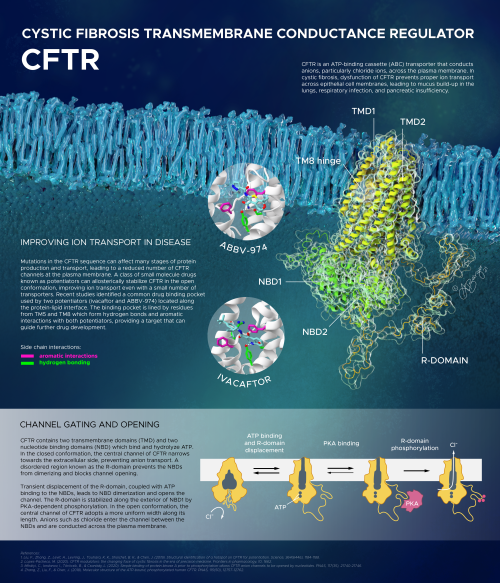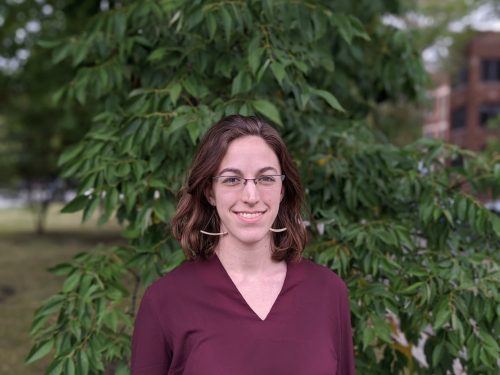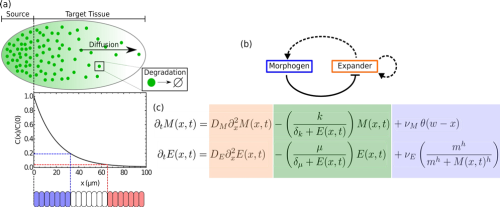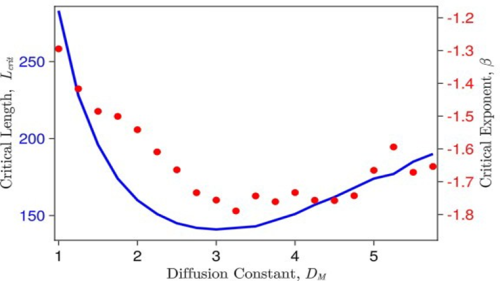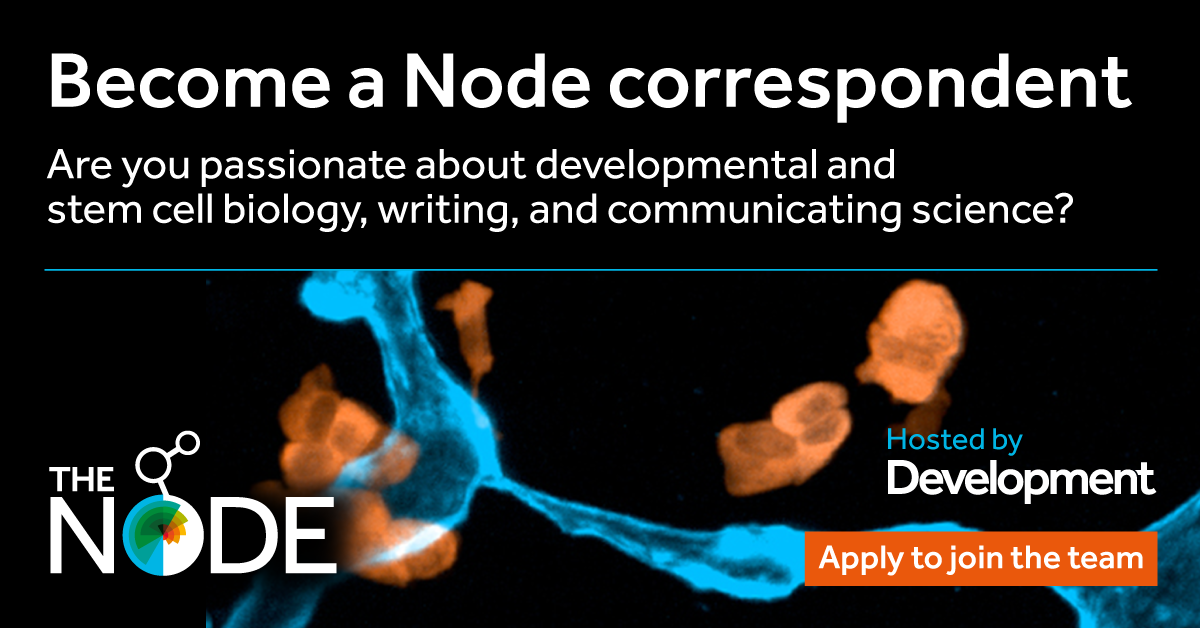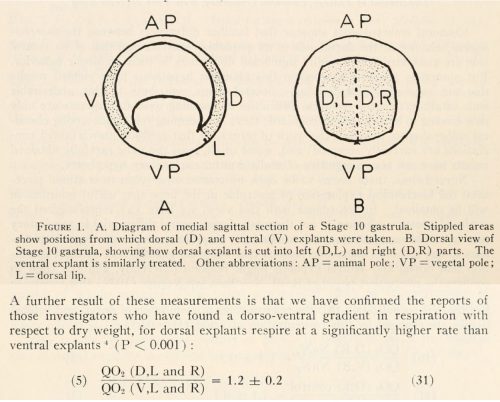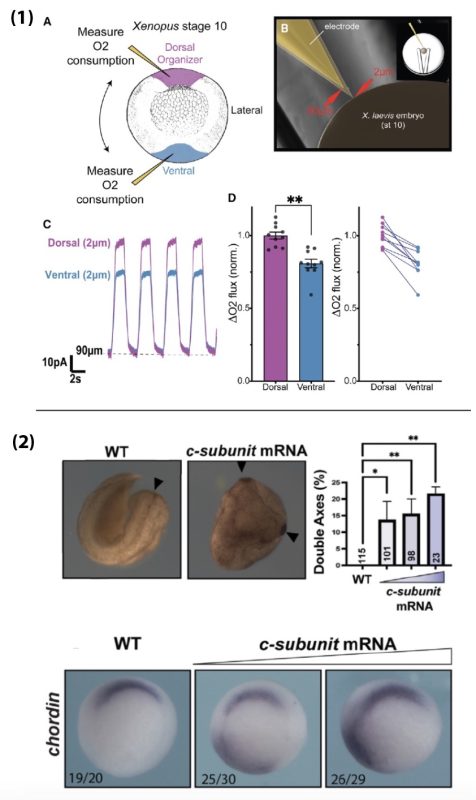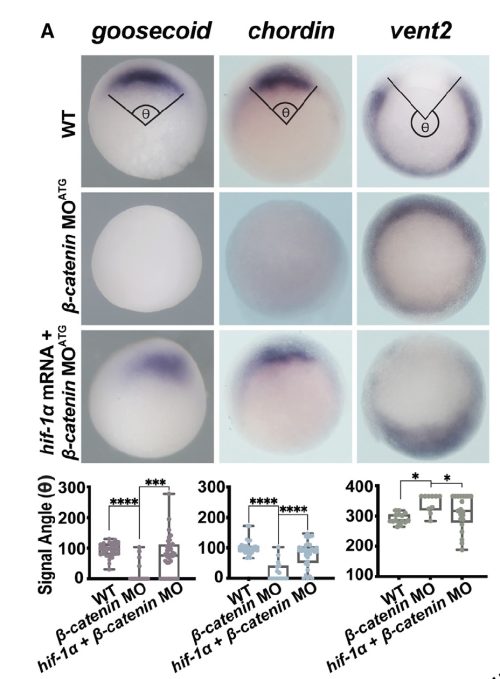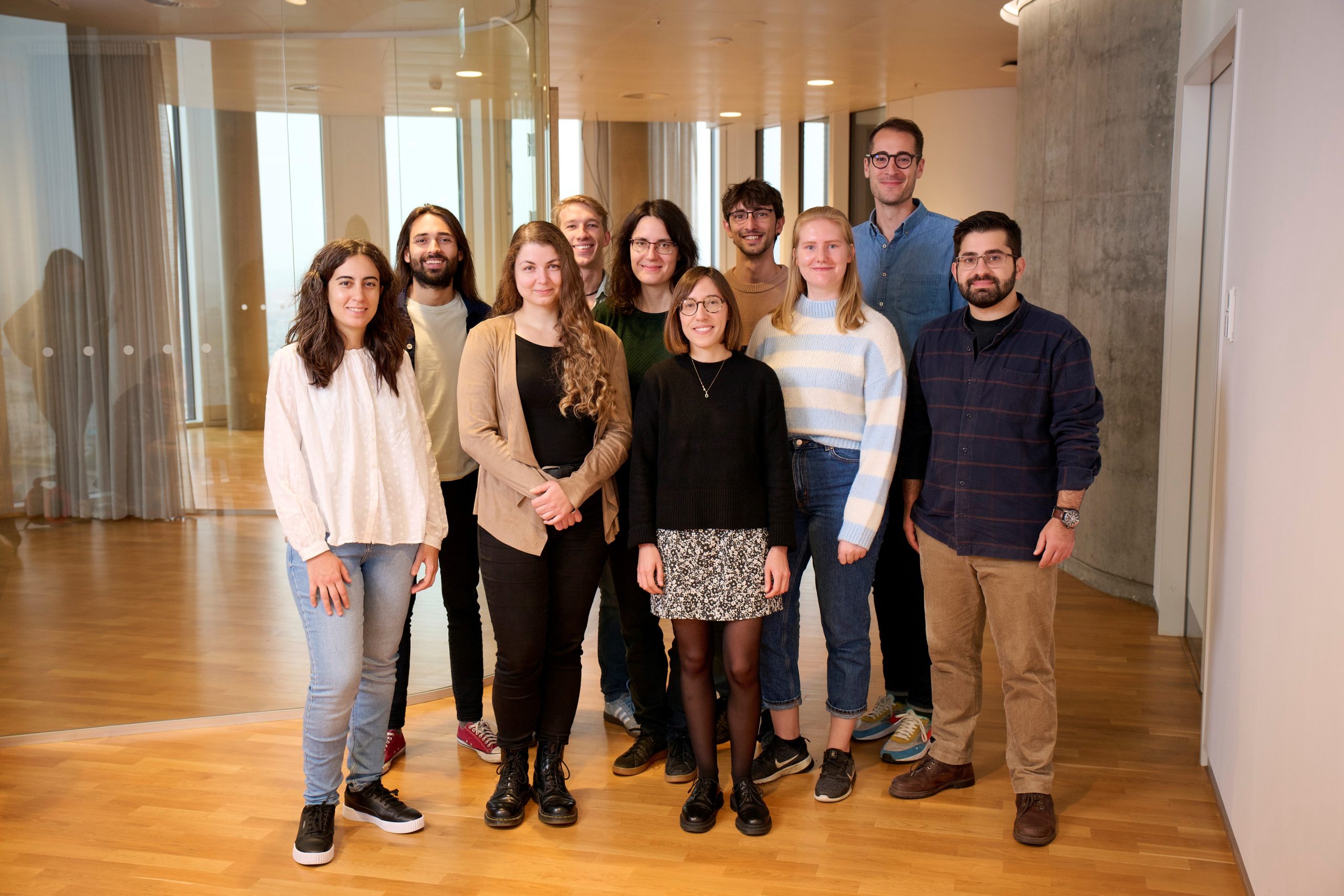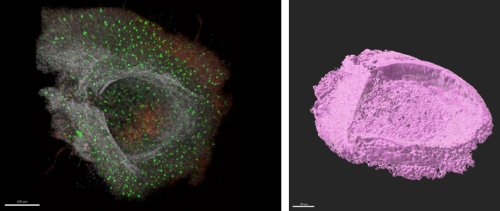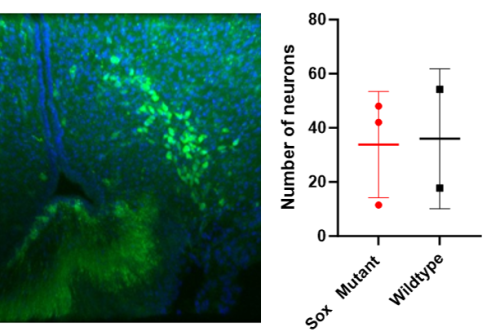Developmental biologists tackle biodiversity, peer review, climate change in annual Development meeting
Posted by Brent Foster, on 24 October 2023
Of the 10 million or so species that make up Earth’s biosphere, the majority of biological discoveries in the 20th century were made in just six organisms.
Statistically representative? I think not.
“We can’t rely on studying flies and mice and fish,” said Katherine Brown, Executive Editor of Development, in her opening remarks at the journal’s annual meeting. “We really need to be expanding our repertoire.”
From Sep. 17–20, I joined nearly 100 developmental biologists at the Wotton House to learn from researchers working with unconventional experimental organisms in cell and developmental biology. In those four days, we caught glimpses of how these emerging systems can bridge gaps in scientific knowledge and between scientific disciplines. The issues discussed were complex and unlikely to be settled in a single conference. But this seminal meeting signaled a readiness for the field of developmental biology to 1) broaden its taxonomic sampling, 2) educate scientific gatekeepers to the benefits and challenges of working with unconventional systems, and 3) expand its vision to include the impacts of climate change.
We need broader taxonomic sampling
“Can we even say we know what a eukaryote is? I’m not sure.”
Iñaki Ruiz-Trillo, Institut de Biologia Evolutiva, CSIC, Spain
Researchers who are devoted to unconventional and emerging organisms are especially sensitive to the need for wider taxonomic sampling. Attendees of the meeting represented nearly 50 species ranging from single-celled choanoflagellates to cnidarians to honeydews to eusocial insects to mollusks to geckos. Several talks ended with speakers thanking their experimental organisms — an overt acknowledgment of how important biodiversity is to unravel the biological mechanisms that contribute to development.
And yet, despite the “biodiversity” buzz word percolating through the scientific literature, the classical models of biological research are still primarily limited to just three percent of eukaryotic lineages: animals, fungi, and plants.
“Can we even say what a eukaryote is?” Iñaki Ruiz-Trillo asked in the opening session. “I’m not sure when it’s three percent.”
We were reminded over and over how unconventional organisms show us what we don’t know. While knowing the limitations of our knowledge is important for intellectual growth, it’s a tough premise for convincing funding agencies and taxpayers to support basic research that is inherently challenging and at high risk of failure. One way to overcome that hurdle is to reframe the discussion.
“You don’t ask: ‘What can this model tell me?’ but ‘What can I ask this model?’” said Ruiz-Trillo, highlighting how research should start with the biological question, not necessarily the organism. This idea was reiterated by evolutionary biologist Kim Cooper at the meeting when she described the extreme skeletal morphology of jerboas (affectionately referred to as “potatoes on sticks”) to probe deeper into bone development.
“Unconventional organisms are important,” said Ruiz-Trillo. “They allow us to see things we could not see before. They allow us to see things we didn’t even know we could not see before.”
The lack of tools available to researchers studying unconventional systems was a source of commiseration with attendees. But the outlook was more optimistic than grim. As Magdalena Bezanilla reminded us: “We’re a small, robust community. But we share.”
We need to educate the field about challenges inherent with unconventional systems
“My least favorite beginning of any [reviewer’s] comment is, ‘Why don’t you just… ?'”
Kim Cooper, UC San Diego, USA
As a general rule, researchers working with unconventional systems have trouble gaining traction with researchers studying more traditional model organisms. Unconventional systems lack resources and are riddled with unknowns — that’s all part of the intrigue of basic science research. But it’s also extremely frustrating when, after sharing exciting results with reviewers, our manuscripts come back with follow-up experiments that just aren’t possible in certain unconventional systems.
“My least favorite beginning of any [reviewer’s] comment is, ‘Why don’t you just… ?’” said Cooper.
Evolutionary germ cell biologist Cassandra Extavour reminded the professional scientists at the conference that they are the reviewers. It’s easy to forget. “When we’re reviewing a paper, we are a helpful colleague providing constructive input into the field. But when we’re an author, the reviewers are these hateful aliens who hate us,” she said, prompting laughter from the audience. “But it’s us, right? As reviewers, I would ask us all to remember that we’re not trying to apply the standards of one field to another unnecessarily but asking, what are the insights that this paper offers?”
Extavour went on to argue that we must educate ourselves to the standards of data production and presentation and analysis in different fields so that we can assess author claims. It’s simply not reasonable to expect mouse techniques in a paper about choanoflagellates. Reviewers need to be asking: 1) Are the data being rigorously applied? 2) Are the authors’ conclusions supported by the data they provide? and 3) Do the authors’ conclusions or insights match the vision or the mission of the journal?
Abouheif suggested that journal editors can help curb some of those unrealistic expectations from reviewers. “You have to kind of let some things go,” he said. “It’s hard to find the sweet spot. But yeah, we have to advocate for it.” Because unconventional research systems have a lot to offer.
We can (and should) contribute to climate change research
“Developmental systems may promote phenotypic innovation and complexity in the face of climate change.”
Ehab Abouheif, McGill University, Canada
One of the motivations for this year’s Development meeting was to gather developmental biologists together to discuss what role, if any, the field of developmental biology should have in addressing climate change. The fields of developmental biology and climate research might seem unrelated at first glance. But everyone agreed that climate change is multi-faceted and spans scientific fields. We need all hands on deck. The main question, then, is what can we, as developmental biologists, contribute?
Four panelists were invited to answer that question, each with expertise spanning plant, single-celled eukaryotes, eusocial insects, and vertebrates.
“You have to be comfortable with being a jack of all trades but the master of none,” Ehab Abouheif said, reminding us that working with non-model organisms is integrative by nature. There’s no simple answer to solving climate change, meaning that multi-pronged approaches are warranted.
“We don’t know what the solution is,” said plant developmental geneticist Michael Raissig. “So we have to look everywhere.”
Loss of biodiversity was brought up, tempered somewhat by Abouheif, who said, “Developmental systems may promote phenotypic innovation and complexity in the face of climate change.” He went on to say that ecologists may not typically think of phenotypic predictive theories. But developmental biologists are constantly teasing apart what genotype results in adaptive phenotypes, suggesting that developmental biology may have a lot to say in the coming years.
Raissig pointed out that three challenges of climate change are catastrophic events, biodiversity loss, and agriculture. But there seems to be a general “plant blindness” in society, said Raissig. “I would argue it’s the photosynthetic organisms we should focus on,” he said, bearing in mind his biased perspective as a plant biologist.
The panelists discussed the responsibility developmental biologists have in addressing climate change, raising the question of whether we can afford curiosity-driven research. Cooper pointed out that developmental biologists’ contributions can extend beyond the lab bench. Most academic researchers have teaching responsibilities, she said, with a (generally) captive audience eager to learn and contribute to society. Discussions of how climate change has shaped earth’s biosphere over eons could be leveraged in the classroom.
“Basic, fundamental science is important for society,” Abouheif said. I doubt anyone at the meeting disagreed. But how do we share that with decision makers who may not be as gracious with so-called “basic” science for its lack of apparent utility? Joyce Yu recently shared some thoughts on this matter. Check out what she has to say about how to more effectively communicate basic science.
“Communicating what we do and how we do it can be really challenging,” said Cooper. “But it’s rewarding, especially when you’re the most different speaker at a meeting. It’s like a coffee break in the middle of a session.” This year’s Development meeting had the buzz of a giant, fun coffee break where we could share our woes and our triumphs from the lab bench. Now we can get back to work, energized and refreshed.


 (4 votes)
(4 votes)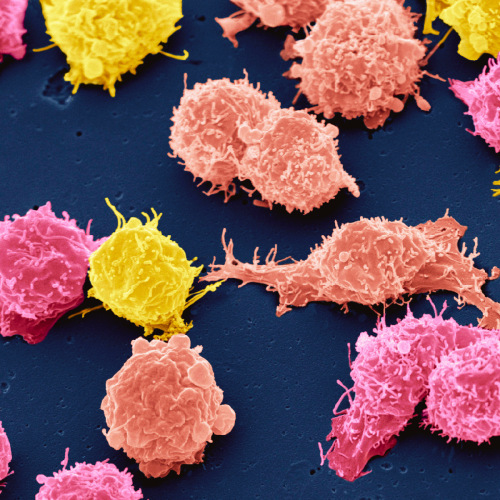
 (No Ratings Yet)
(No Ratings Yet)